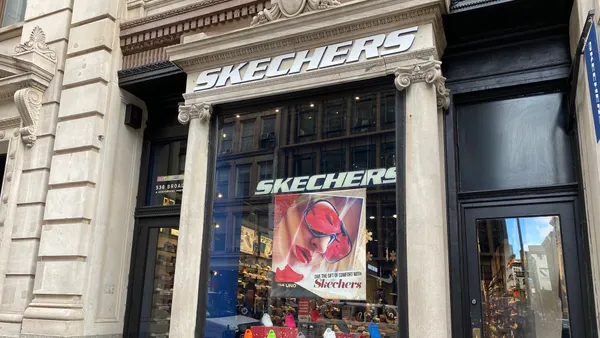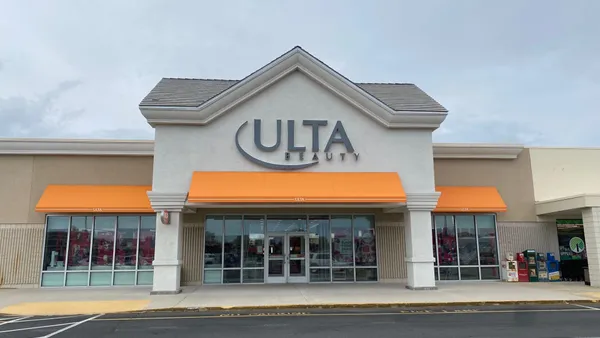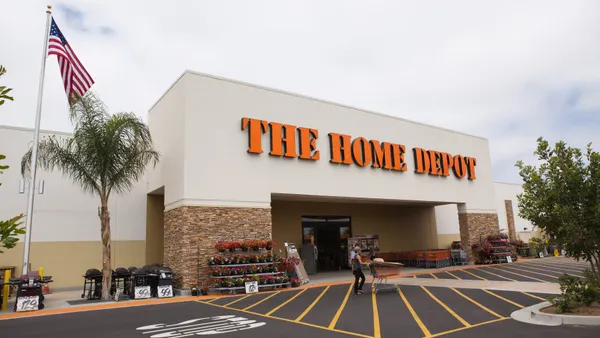Dive Brief:
- Walmart is preparing for the first holiday season without Toys R Us with an aggressive plan to expand its assortment and lure shoppers to its stores and website. The retail giant said Thursday that it would expand its toy assortment by 30% in stores and 40% online, according to a press release.
- Among the new products will be "thousands of new and exclusive items from top brands" and the top 40 toys as rated by children (up from 25 last year), including from Barbie, Fisher-Price, Lego and others, Walmart said.
- Along with the added products — what the retailer called its "broadest assortment of toys ever — Walmart is planning in-store events and demos. That includes a "National Play Day" on Sept. 8 in 1,500 Walmart stores that where kids can play with toys and pose for pictures. Online, the company said it will host "exclusive content from toy influencers for the first time."
Dive Insight:
For toy makers, the unexpected liquidation of Toys R Us was a financial calamity and represented the loss of a major partner in the market — the last national dedicated toy chain. For retailers, it's a huge opportunity for growth, and retailers from Party City to Kohl's are swarming the category like piranhas to get their piece of Toys R Us' forsaken $1.3 billion in U.S. toy sales.
Walmart has loomed large over the sector for years already. The mass merchant was already one of the largest toy sellers and competitors to Toys R Us before the toy retailer went into Chapter 11. Arguably, Walmart's aggressive pricing on toys was a contributing factor to the Toys R Us' demise, as the latter — saddled with billions in debt from a leveraged buyout — suffered from chronic underinvestment in its business over the years.
Last holiday season — an existentially crucial one for Toys R Us — saw Walmart, together with Target and Amazon, best the retailer in online pricing strategy and win more customers in stores. As a result of this and several operational mishaps during the season, the toy retailer missed crucial targets tied to its bankruptcy loan, which ultimately forced Toys R Us to liquidate what was an 800-store footprint before Chapter 11.
Toys R Us (which may well survive in some greatly diminished form after the auction of its intellectual property) shuttered its stores this summer, and now frenzied retailers are going after its sales. Target — which overlapped with much of Toys R Us' geographical footprint — is likely to be a key player, too. COO John Mulligan said in a May conference call that the retailer added 1,400 toys to its assortment last year and was planning to increase its investment this year as well.
Meanwhile, Kohl's CEO Michelle Gass told analysts earlier this month that the department store retailer planned to "increase our relevancy in the toy space" through the addition of Lego and FAO Schwarz branded products. J.C. Penney, too, is going after toys. And of course, so is Amazon. The e-commerce giant made $4.5 billion in U.S. toy sales during 2017, up 12% over 2016, according to One Click Retail. For this year, the e-tailer is planning a paper toy catalog, a la Toys R Us.
In a way, the season is a throwback to the days when department stores and others besides big-box retailers and mass merchants sold toys. Everyone in the game, though, will face many of the same challenges that Toys R Us did: searing price competition from Walmart and Amazon, and the need to differentiate their offering in that environment.













